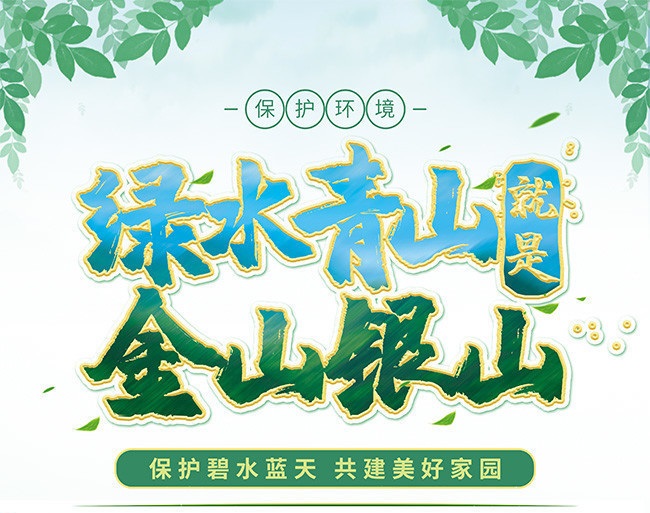2.软文推荐
3.软文推荐
摘要:本文介绍了如何在Vue中拼接标签属性,以实现自定义组件。结合官方文档和实际案例,详细解释了四个方面的内容。
图片
一、属性绑定1、Vue中可以使用v-bind指令动态绑定属性值,例如:
<template>
<button v-bind:class="btnClass">{{ message }}</button>
</template><script>
export default {
data() {
return {
message: '点击我',
btnClass: 'btn-primary'
}
}
}
</script>
2、在上述代码中,使用了v-bind:class将btnClass变量绑定到按钮的class属性上,实现了动态改变按钮样式的功能。
二、动态组件1、Vue中可以使用
<template>
<div>
<component v-bind:is="currentComponent"></component>
</div>
</template><script>
import Component1 from './Component1';
import Component2 from './Component2';
export default {
data() {
return {
currentComponent: 'Component1'
}
},
components: {
Component1,
Component2
}
}
</script>
2、在上述代码中,
1、Vue中可以使用v-on指令来绑定事件处理方法,例如:
<template>
<button v-on:click="handleClick">{{ message }}</button>
</template><script>
export default {
data() {
return {
message: '点击我'
}
},
methods: {
handleClick() {
alert('你点击了按钮');
}
}
}
</script>
2、在上述代码中,使用v-on:click将handleClick方法绑定到按钮的点击事件上,实现了一个简单的弹窗效果。
四、slot插槽1、Vue中可以使用
<template>
<div>
<header>
<slot name="header"></slot>
</header>
<main>
<slot></slot>
</main>
<footer>
<slot name="footer"></slot>
</footer>
</div>
</template>
2、在上述代码中,



 立即
立即 返回
返回
1
CentOS 7视频转码":高效处理海量视频数据的利器 摘要:视频转码是处理海量视频数据的一项重要工作,CentOS 7作为一款流行的开源操作系统...